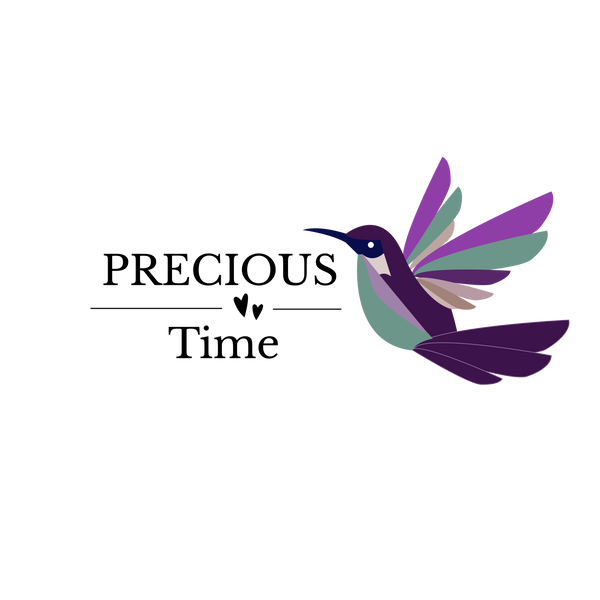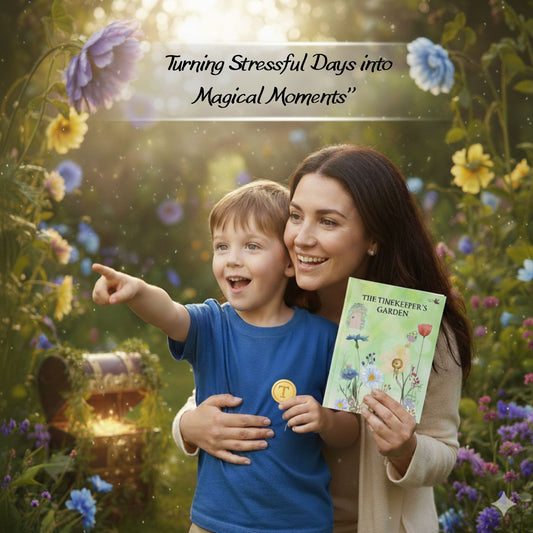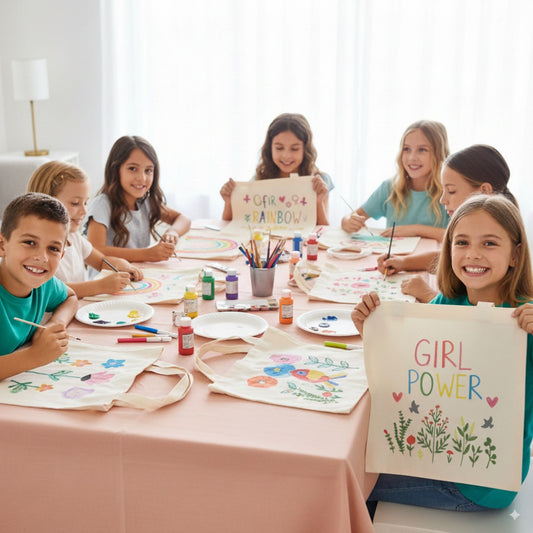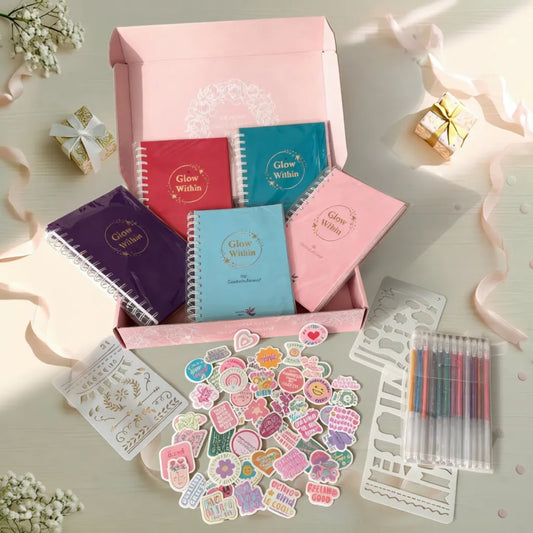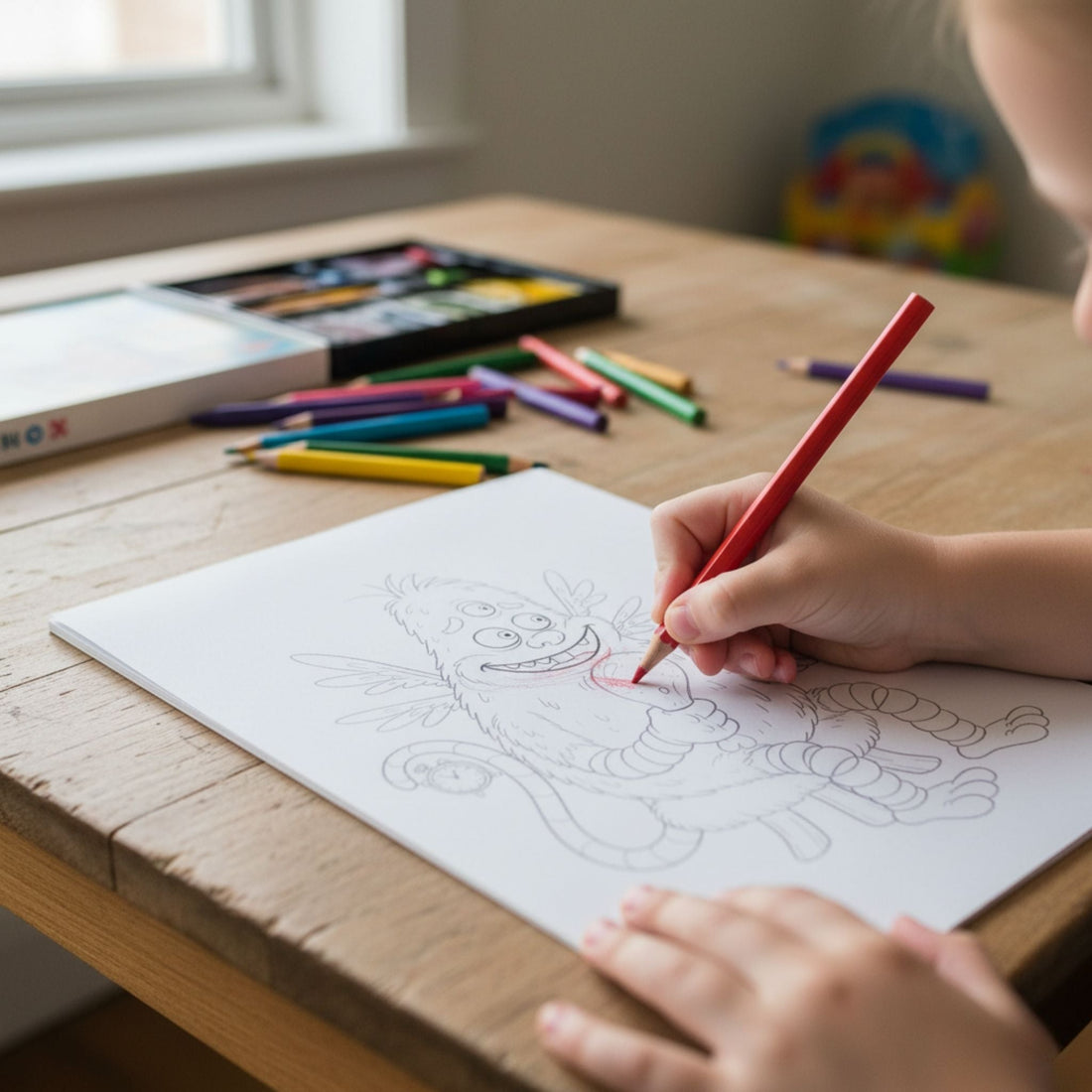
Drawing the fear
Share
It was just after bedtime. I was sitting by the computer when she came to me - unusual for that hour.
“What happened?” I asked, a bit impatient, with all the unfinished work still staring at me from the screen.
“Today at school, we talked about mythical creatures,” she said, hesitating.
“And?”
“And they told a story about this creature from a book that eats flesh and turns the same color as whoever it eats. Now I can’t stop thinking about it. I’m scared.”
Tears welled up in her eyes. In that moment, I didn’t care about the emails or the to-do list. I just wanted to hug her. For a second, I felt angry at whoever told that story — but then I reminded myself: I can’t protect her from every scary thing. What I can do is give her tools to cope.
So, we sat down together.
Though it’s natural to want to avoid what feels scary, we decided instead to imagine it.
We pictured the creature in detail — and then, we drew it. 
Taking full creative freedom, we gave our monster three eyes, a furry coat, and a goofy, almost cute look. As for the “flesh-eating” part, we handed him a piece of chicken instead and each bite turned him to the color of the chicken he was eating.
As we drew, I asked gentle questions to keep her thinking and to guide the tone, weaving in lots of humor along the way. She laughed, offered ideas, and slowly, the fear started to lose its power - shifting into fun, and a sense of accomplishment.
We ended up writing a short, funny story about him- "Dodo" as he was soon named.
The next day, we colored our drawing.
It might sound odd, but Dodo became a good friend. We laughed at him, colored him, and even asked ChatGPT to illustrate him - that part was really funny.
So, what worked?
1. Flexibility
This is one of my guiding values - as a person, a mom, and a psychologist. Being able to see things from more than one perspective often opens space for new emotions, insights, and solutions.
2. Externalizing
When you name, draw, or create physical form of your emotion, it becomes an object outside of yourself — something you can observe, manage, and even play with. This psychological distance reduces anxiety and helps regulate overwhelming emotions. For children, who often think in very concrete ways, turning fears into tangible forms supports problem-solving, emotional regulation, and a sense of control.
3. Regaining Control
When children face a threat — even an imaginary one — it can leave them feeling helpless. Helplessness intensifies distress and can make fear feel overwhelming. Allowing children to take control of the narrative and make changes to aspects of the perceived threat helps reduce that helplessness and restores a sense of agency.
4. Empowerment
Regaining control - whether by turning fear into a friend (like a plush pal), creating a funny story, or drawing the scary creature — becomes a story of success. This proud accomplishment of overcoming a challenge is an important building block for future adaptability and self-confidence. It sends the message: I am capable. I can face and overcome my fears. I have the tools to manage them.
What can help the process
- Suggest, don’t cancel – Offer new perspectives gently, without dismissing what they feel.
- Be curious, not judgmental – Ask what exactly scares them. Maybe it’s the monster’s size, the sharp teeth, or the unknown. What does your child think could help the monster? Maybe it doesn’t like being scary! gently lead
-
You guide the way, they design the path
You set the framework but let your child take the lead. You’ll naturally sense how much guidance is needed. Encourage them to be as actively involved in the process as possible. As we say: You love where you invest. The experience has to feel truly their own to create both emotional connection and a sense of control. - Add humor! - make it funny, cute, absurd. The monster can wear a pink polka dot for example, or a bow tie. Try to look intimidating with a rainbow tutu skirt.
- Use art, be creative– Drawing is a powerful tool, but you can also explore design programs, collage, or other creative tools. Turning the imagined fear into something tangible - like a plush friend, can help transform fear into comfort.
Fears are a natural part in children's development. Our instinct as parents is often to take them away, to make them disappear.
But giving children the opportunity to own their fears, reshape them, and transform them into a proud accomplishment - that’s an incredible gift we can offer.
Kineret
Mom, Psychologist & Founder of Precious Time
Turning everyday moments into meaningful memories.
✨ Discover our premium products for gifts, fun, and well-being- from a special family or a birthday activity to a unique gift like the plush pal and Timekeepers garden- a fun game book designed to lower stress in medical visits.
Have ideas or topics you’d like me to write about? Come share them with us on Facebook or Instagram - be part of our community, where your ideas always inspire me.

